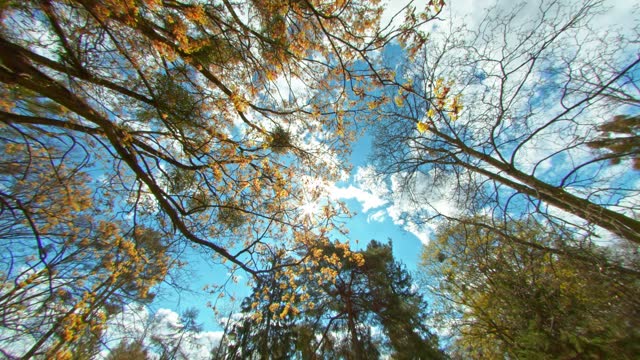In the last installment of this series, we took a deep-dive into the history of the avocado and how it became popular in the U.S. In this article, we’ll discuss the environmental impact of producing avocados, specifically in the Michoacan state in Mexico.
Michoacan State spans over 22,000 square miles and is home to more than 4.7 million people. The state is predominantly mountainous, with plains, low hills, and plateaus making up only 30 percent of the landscape. This 30 percent of land, however small, is crucial to maintaining one of the main industries in the state – avocado production.
Michoacan State and the U.S.
Mexico has led the world in avocado production for years, along with the Netherlands and Peru (although the Netherlands is only an exporter, not a producer). Mexico is the world’s largest avocado supplier, and Michoacan is home to more than three-quarters of Mexico’s avocado supply. Avocados grow best in moderately tropical temperatures, and Michoacan state has the best landscape to produce a variety of temperate and tropical fruits and vegetables.
Mexican avocados represent 75 percent of the U.S.’s total avocado supply, and all Mexican avocados that the U.S. imports come from Michoacan state. Why is it that the U.S. only imports avocados from Michoacan state, when there are other growing avocado producing states like Jalisco and Chiapas? This comes down to the decision made by the U.S. Department of Agriculture in 1997 to lift a ban on Mexican avocados. This ban was implemented in 1914 because California avocado farmers were fearful of pest invasions. The lifting of the ban didn’t quash anyone’s fears of pest invasions from Mexican avocados, as Michoacan is the only avocado-producing Mexican state that is USDA-certified (meeting at least grade No. 2 in the guidelines).
How do Avocados Affect the Environment?
Avocados require many resources to grow at the scale at which Michoacan grows them, and as a result, the environment has taken a toll. Avocados are grown in monoculture, occupying the same area and degrading soil quality. It is degraded to the point that avocados do not have built-in immunity to a lot of diseases. As the demand for avocados continues to increase, Michoacan state is forced to practice deforestation to make more room to grow avocados. Thirty to forty percent of Michoacan is dedicated to growing avocados.
Deforestation has led to the loss of biodiversity and water supply for local communities. This contributes to terrible soil quality and extreme weather changes. Avocados are weather- and time-sensitive, and extreme weather conditions like droughts and climate change could cause them to go extinct.
Avocados have also put a strain on the amount of water available to residents in the city; it takes 60 to 70 gallons of water to grow one avocado. Just how much water is that? Well, human beings require an average of 13 to 26 gallons of water daily, so the amount of water used to grow an avocado equates to the daily water needs of about two to four humans!
In order to combat the negative effects the avocado industry has had on the world, it is important to ask yourself the following questions:
- Where am I purchasing my avocados from?
- Are my actions contributing to the environmental degradation taking place in the Michoacan state?
- How can I push for legislative change?
- What can I do to educate myself and others around me about this problem?
For more information about this crisis and how to become a smart avocado consumer, check out the articles below!
Avocado Sustainability: What are the Social and Environmental Impacts of Avocados?
Avocado: the ‘green gold’ causing environmental havoc
- The World’s Green Gold: Part IV - October 25, 2021
- The World’s Green Gold: Part III - October 18, 2021
- The World’s Green Gold: Part II - October 13, 2021
